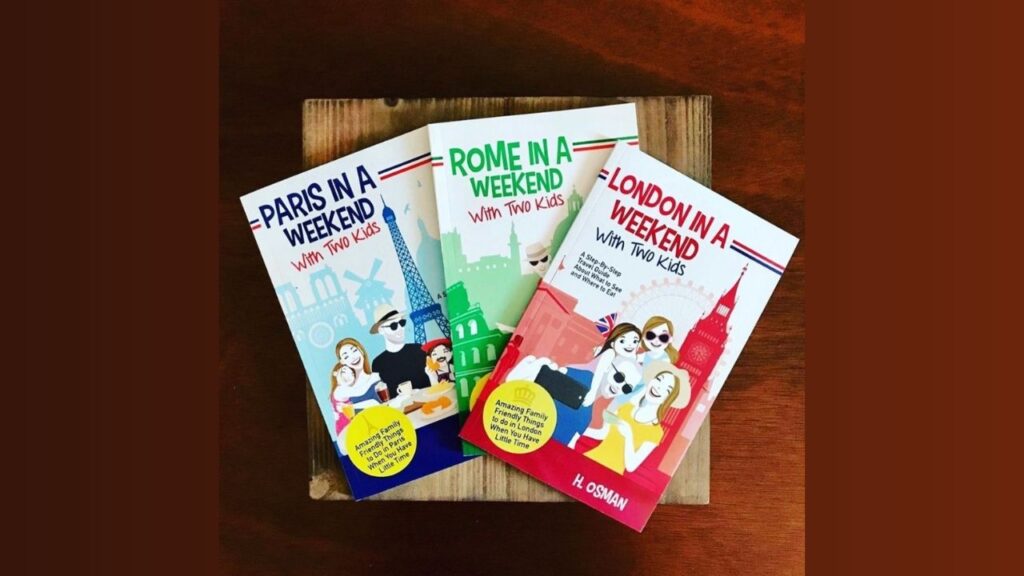
I’ll be the first to admit that I go a bit overboard when it comes to planning a two-day trip to a new city for my family of four. But there’s a reason for my meticulousness: I’m also gathering material for a book series I’ve been working on as a hobby.
The series is called “[City] in a Weekend with Two Kids,” and it’s designed to help families make the most out of a short trip to some of the world’s most iconic cities. So far, I’ve published three books covering Rome, Paris, and London.
My next venture? Montreal.
How I Research What to Do & Where to Eat in a New City
Step 1: Mapping It Out
The first thing I do is create a new private map using Google’s “My Maps” feature. This map serves as the canvas where I’ll paint the picture of our trip.
Step 2: Scouring Tripadvisor
I then dive into Tripadvisor to find the top attractions in the city, sorting them by the number of reviews to gauge their popularity.
Step 3: Pinning Interests
After identifying the top attractions, I drop pins on my Google Map for landmarks and activities that pique our family’s interest.
Step 4: Digging Deeper
Next, I read reviews about each landmark to discover hidden gems or “must-do” events. For instance, while researching Montreal, I found out that the Notre-Dame Basilica has a separate evening event called the “Aura Experience,” which is a must-see light show. Had I not done this research, we would’ve missed out on this unique experience.
Step 5: Adding Notes
I also jot down any other helpful comments in the notes section of the pins on the map. These could be money-saving tips or special features, like a package deal for pedal boat and quadracycle rentals in the Old Port of Montreal.
Step 6: Food Research
I then repeat steps 2 through 5, but this time for food and restaurants. I use different colored pins for food locations as opposed to landmarks, which proves to be useful later. I also add notes about popular dishes, like “Must try the poutine” at La Banquise in Montreal.
Step 7: Diversifying Sources
After Tripadvisor, I gather information from other sources such as travel websites, blog posts, and social media. I’ve even started using AI tools like ChatGPT for additional insights. Viral videos on Instagram Reels and TikTok also offer a unique perspective on the city.
Step 8: Updating the Map
As I gather more information, I continue to add new pins or update the notes of existing ones on my Google Map.
Step 9: Zoning In
Once I have a substantial number of pins, I try to cluster them into four zones. Each zone should be doable within half a day—either a Saturday morning or a Sunday afternoon—by walking or using short public transport trips.
Step 10: Prioritizing
The next step is to prioritize landmarks and restaurants as either “must-dos” or “nice-to-dos.” I aim to focus on experiences that are unique to the city. For example, in Montreal, I’d prioritize a bagel from the highly-reviewed St-Viateur over a croissant from a popular pastry shop, as Montreal is more renowned for its bagels.
Step 11: Finalizing the Itinerary
Finally, I create a detailed note in Evernote where I publish the entire itinerary, even specifying the walking paths to maximize the use of our time. I also include a buffer for unforeseen events or delays.
And there you have it! That’s how I research and plan a 2-day trip for my family while simultaneously gathering material for my book series. It takes me a bit of time and effort, but the end result is always worth it.